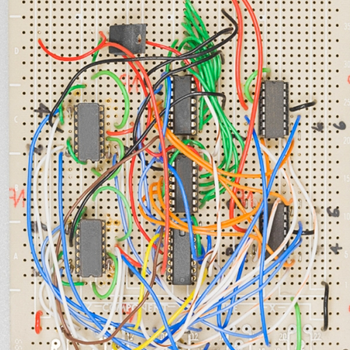In what part of the cell can you find mitochondria?
1 Answer
Cytosol, endoplasm
Explanation:
According to the various kinds of literature, a cell is a basic and functional unit of life. A eukaryotic cell has a nucleus, whereas a prokaryotic cell does not.
Starting from a eukaryotic cell, it has a nucleus, cytoplasm and plasma membrane (=plasmalemma). In the cytoplasm, there are vacuoles which are storage organelles that have its membrane named as tonoplasm.
It is known also that the cytoplasm is usually said to be composed of cytosol and organelles. The cytosol is a jelly-like water part that contains almost everything that is water-soluble, whilst the organelles are different cell compartments that have different and diverse of functions. That would be one overview.
The second overview of the cytoplasm is the following: the region of interaction between the plasma membrane and cytoplasm is called ectoplasm. That is a very thin region since proteins of a plasma membrane are not enormous. In this region exocytosis and endocytosis occur.
A region between tonoplasm and ectoplasm is known as endoplasm. In this region organelles - except for cytoplasmic vacuoles - can be found.

